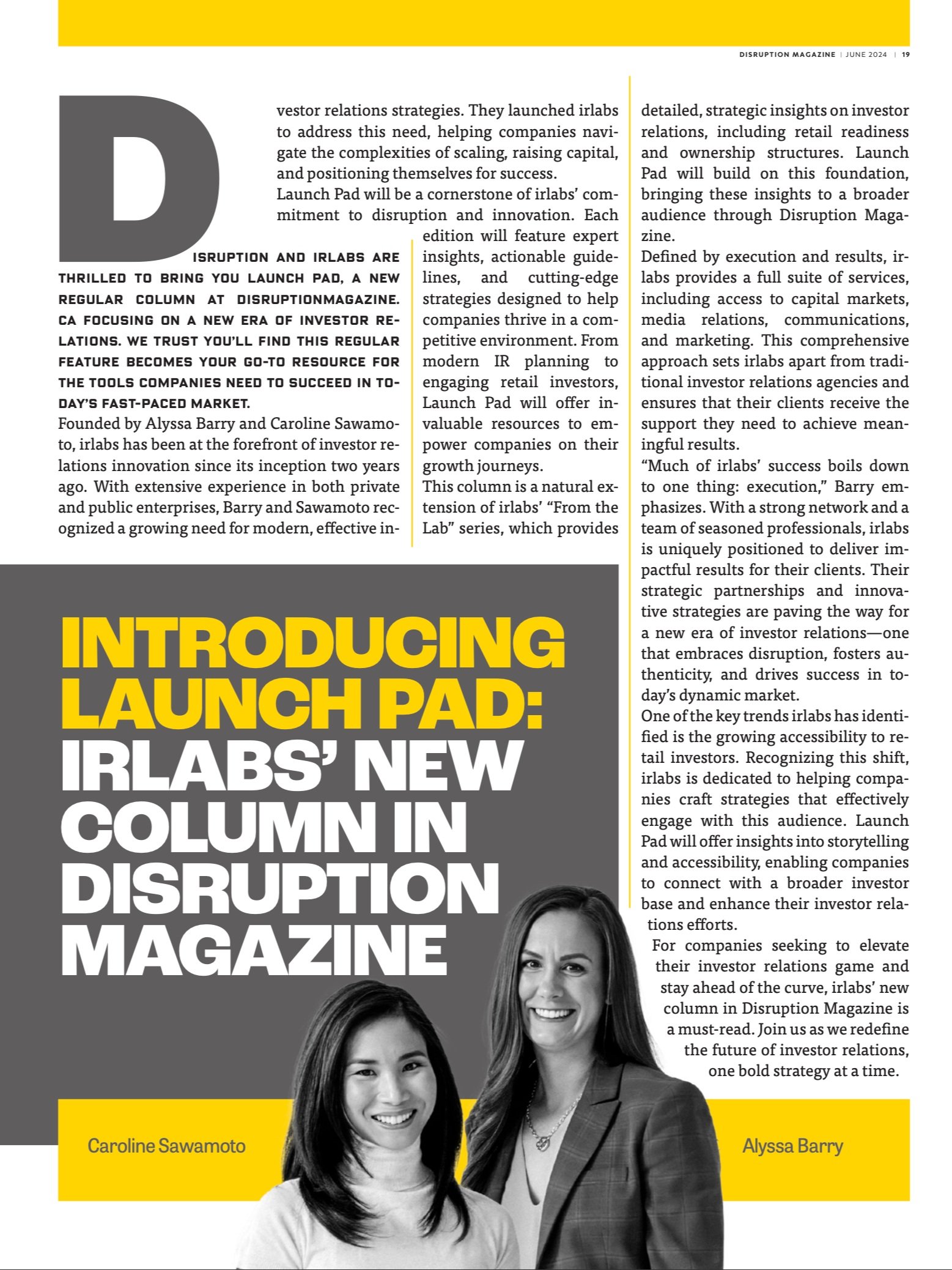A Bustling Airport City at Edmonton International Airport
- Beyond the Runways
“Airport City is a testament to what can be achieved when vision, collaboration, and a commitment to sustainability come together.” - Myron Keehn, CEO @ Edmonton International Airport
Edmonton International Airport (YEG) is more than just a gateway to the skies. It's the nucleus of the airport’s innovative Airport City Sustainability Campus that’s propelling the Edmonton region into a future where convenience for travellers, economic growth and sustainability go hand in hand. Spanning a massive 7,000 acres, half of it still undeveloped, the airport is leveraging its vast resources to support economic development and foster local innovation, all while creating attractive amenities for travellers to enjoy on a layover or as their entry point in their exploration of the Edmonton region for business and leisure.
This blend of infrastructure and ambition is positioning the airport as a global leader in sustainable economic development, with YEG’s Airport City operating as a self-sustaining ecosystem, says airport CEO Myron Keehn.
“We function like a small city,” Keehn says during a recent interview with Disruption. “We have our own roads, utilities, telecommunications systems, with more than 21,000 people who work within our ecosystem.”
This microcosm of YEG’s Airport City integrates businesses, services and technologies to create a vibrant hub of activity and innovation. The mission is clear: to connect people and products while fostering sustainable economic growth.
Airport City is The Destination
These efforts have turned the airport into more than just an entry point in a traveller’s destination or a place to pass time during a layover—it’s become a destination itself. With 3,500 acres of developed land in its campus, the airport has given passengers the opportunity to enjoy convenient travel amenities, where they can browse through its Premium Outlet Collection shopping centre for top brands, stock up on the essentials at Costco, or try their luck at the racetrack and casino. Golf enthusiasts can hit the greens, while a selection of retail shops and dining options cater to every taste, and two hotels offer a place to rest and relax.
Promoting Local Economy and Innovation
Edmonton’s strategic location makes it a critical inland port, benefiting from proximity to both the Port of Vancouver and the Port of Prince Rupert. This positioning allows the region to serve as a major logistics hub, facilitating the rapid and efficient movement of goods. Recent agreements with international partners, facilitated during COP28 in Dubai last year, aim to create green logistics corridors, enhancing the sustainability of supply chains.
The airport’s role extends beyond just fostering technology. It’s a crucial connector in the local economy, linking small businesses with international markets. Forestry company Wild + Pine focuses on reforestation and carbon capture and is an architect of multi-generational Canadian forest projects. Wild + Pine’s high tech vertical greenhouse, located at Airport City, is where a variety of seedlings are grown to produce local trees and shrubs. They help sustainability leaders across Canada achieve corporate climate goals by restoring landscapes and improving regional biodiversity.YEG partners closely with Wild + Pine and recently invested in reclaiming 61 acres of land by planting 50,000 trees.
“It’s partnerships like that that not only enhance local biodiversity, but also contribute to global sustainability goals,” says Keehn. He lights up as he discusses another partnership, this one with Indigenous Box, a company that promotes indigenous entrepreneurs by offering their products through curated gift boxes. Through connections facilitated by the airport, Indigenous Box has expanded its reach to major corporations, Keehn says, boosting its impact and visibility, and in turn, the reach of Indigenous creators.
Sustainability in Action
YEG’s approach to sustainability is multifaceted, involving local and international collaboration.One example is the integration of innovative drone technology into airport operations. Traditionally, drones are restricted within seven kilometres of airports. However, YEG has incorporated the Robird, a robotic bird used for wildlife control. Developed by a company from the Netherlands, this drone mimics the appearance and flight of a real bird of prey, effectively deterring other birds from the airport area, limiting interference with air traffic. This solution has significantly reduced bird-related incidents, showcasing how technology can offer environmentally friendly alternatives to traditional practices.
Read more about how Edmonton International Airport is pioneering an ambitious venture into The Hydrogen Revolution.
Driving Energy Transformation
The Edmonton region is emerging as a leader in the transition to sustainable energy, with YEG at the forefront. The airport is actively involved in hydrogen energy initiatives, partnering with companies like Toyota Canada to bring hydrogen vehicles to the province’s roadways. The efforts align with the Edmonton region’s broader vision of becoming a global hydrogen hub, with the potential to revolutionize transportation and logistics. The airport’s long-term vision includes supporting hydrogen and sustainable aviation fuel, positioning Edmonton as a key player in the global push towards net-zero emissions.
Community and Collaboration
Keehn credits the airport’s success to its collaboration with the local community, characterized by an innovative spirit and propelled by a young, dynamic population that creates the perfect conditions for growth. The airport’s leadership has long worked closely with local organizations, businesses, and government agencies to ensure that development projects align with the community’s values and aspirations, Keehn says.
By integrating cutting-edge technologies, fostering local businesses, and driving the transition to sustainable energy, YEG is showing that airports do so much more than transport travellers from point A to point B.
“I believe that our airport is setting a new standard for airports worldwide,” Keehn says. “Airport City is a testament to what can be achieved when vision, collaboration, and a commitment to sustainability come together.”
Author - Mariam Ibrahim
Mariam Ibrahim is a writer, editor and communications professional currently based in Seoul. She currently serves as Managing Editor of Disruption.

















